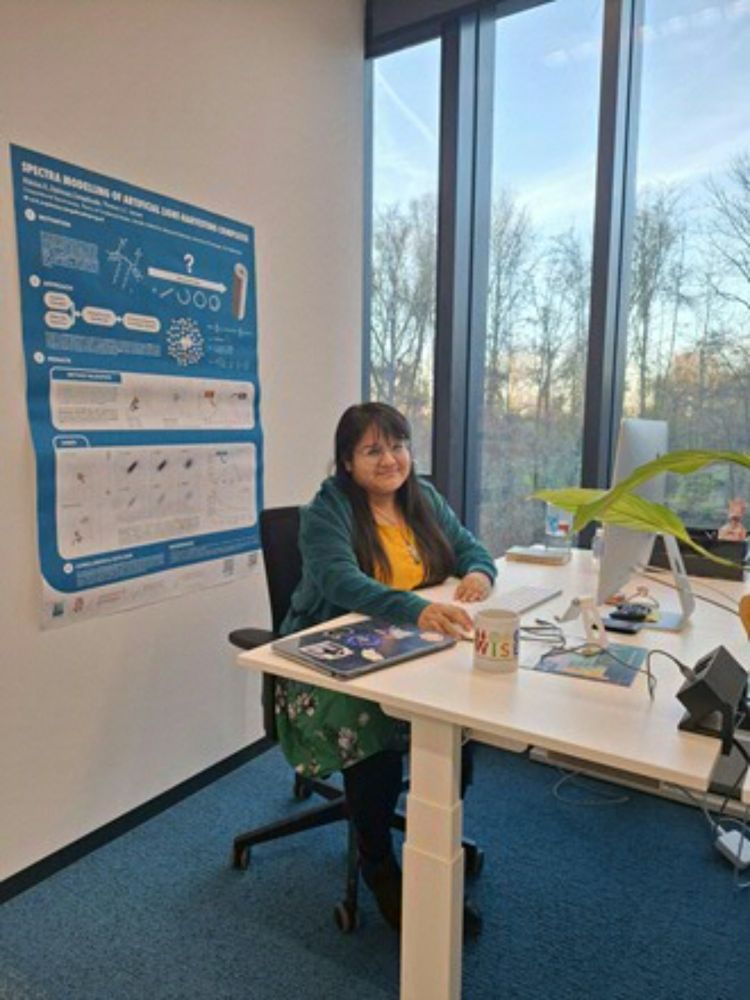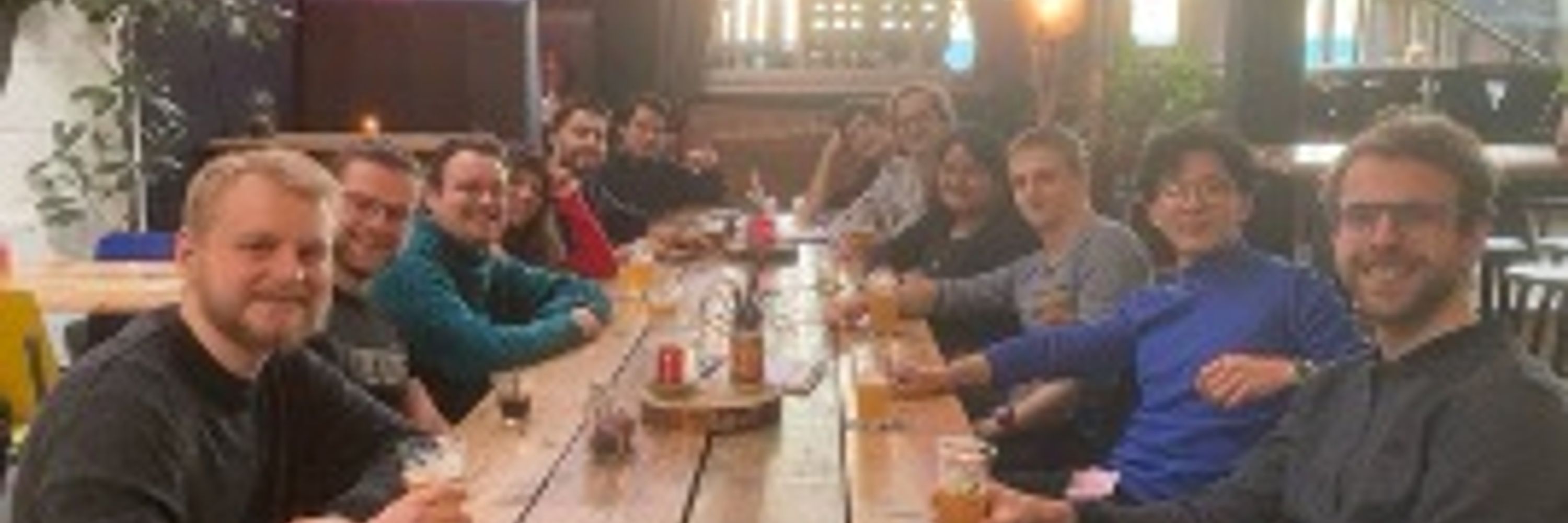
computationalspectroscopy.eu




🔬 Read more about how slip-stacking can fine-tune light-harvesting properties! pubs.acs.org/doi/10.1021/... #Nanotechnology #ExcitonicEngineering #PhotosynthesisInspired



🔬 Read more about how slip-stacking can fine-tune light-harvesting properties! pubs.acs.org/doi/10.1021/... #Nanotechnology #ExcitonicEngineering #PhotosynthesisInspired

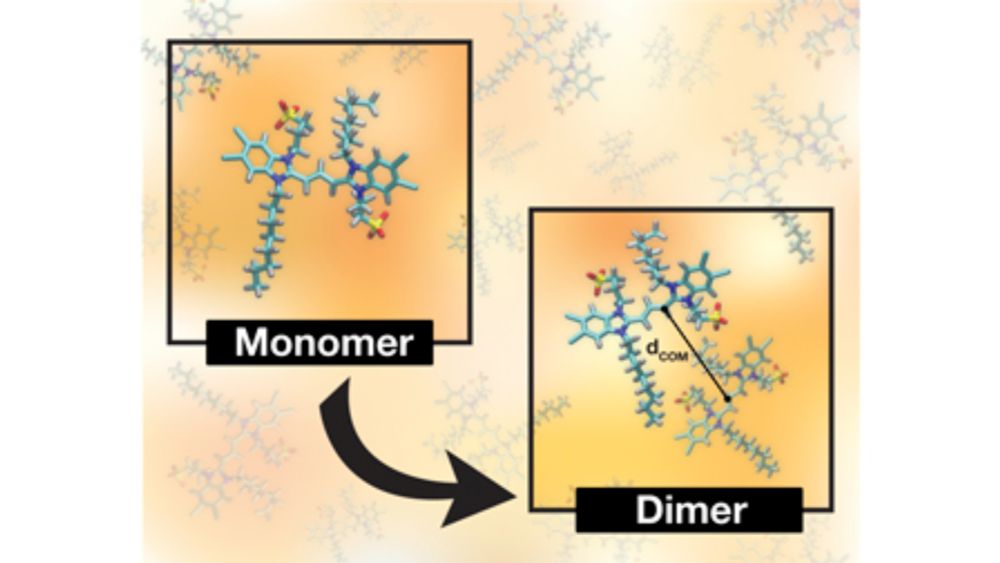
www.sciencedirect.com/science/arti...

www.sciencedirect.com/science/arti...
pubs.aip.org/aip/jcp/arti...

pubs.aip.org/aip/jcp/arti...

pubs.acs.org/doi/full/10....
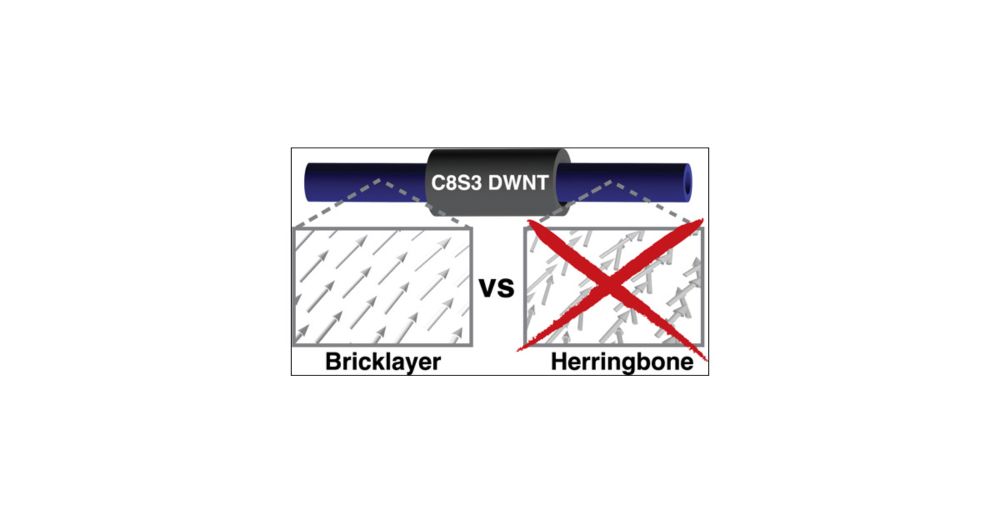
pubs.acs.org/doi/full/10....
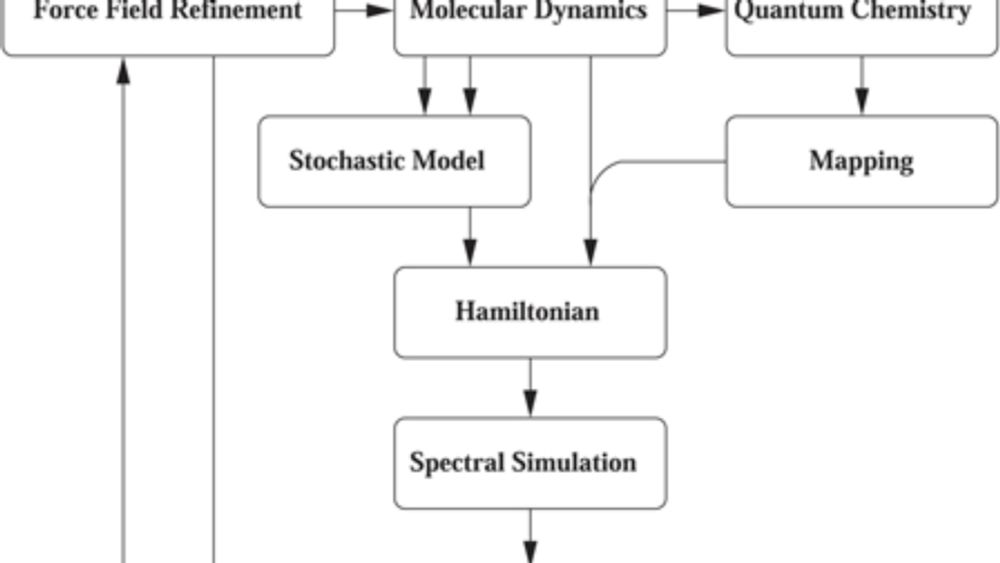


This was a great group effort involving many current and past group members. Thanks to Kai for taking the lead!

This was a great group effort involving many current and past group members. Thanks to Kai for taking the lead!
